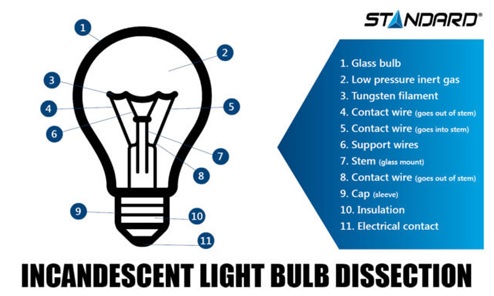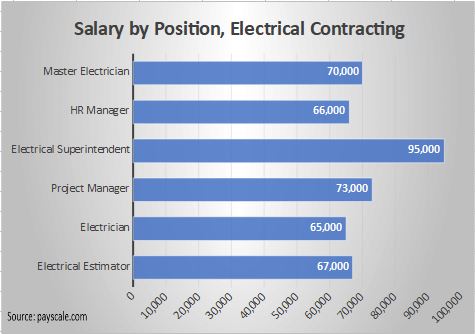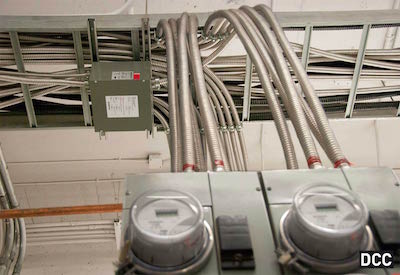Lamp Bases in All Shapes and Sizes

Aug 7, 2017
On an incandescent light bulb, the component that supplies electrical current is called a “base.” There are several types of foot lamp, and each has a specific application. It is therefore vital to select the light bulb that corresponds to your needs. In point of fact, many lamps have their own unique base; this prevents their use in a luminaire that may have a higher wattage, distribute intense heat, and even become a fire hazard.
The following infographic dissects various components of a light bulb.
Size code
The size code is straightforward: it is made up of a letter that identifies the shape or type of base followed by a digit that refers to the diameter of the cap.
The letter “E” means Edison, the inventor of this type of base in the early part of the 20th century. These lamps have a screw base; they can therefore be screwed in.

The letter “B” stands for bayonet. From an historic standpoint, the shape of this foot lamp resembles the long knife that was once attached to the end of a rifle, thus the name “bayonet.”

The letters “G” and “GU” mean pin cap. The letters “GU” suggest that this specific lamp is equipped with a component that is supported by the luminaire. Initially, these lamps were made of glass, which is why the letter “G” has been kept.

LED equivalency guide
After many years of refinement, LED lamps have finally achieved their objective: offering an economical and efficient substitute for the conventional light bulb. LED lamps have a longer life span (over 20 years), they produce a fine quality light, and are quite solid (in many cases, these lamps are made of plastic as opposed to glass).
Marketplace competition has brought about a significant drop in the price of LED lamps, and by the same token a serious improvement in this lamp’s design. This trend has led to the development of LED-based alternate solutions that encompass a whole range of multiple use luminaires.
To facilitate the transition to LED lighting, the screw base size codes and the size of light bulbs remains the same.
This article was first published by Standard in its online journal” http://www.standardpro.com/category/our-online-journal/

















